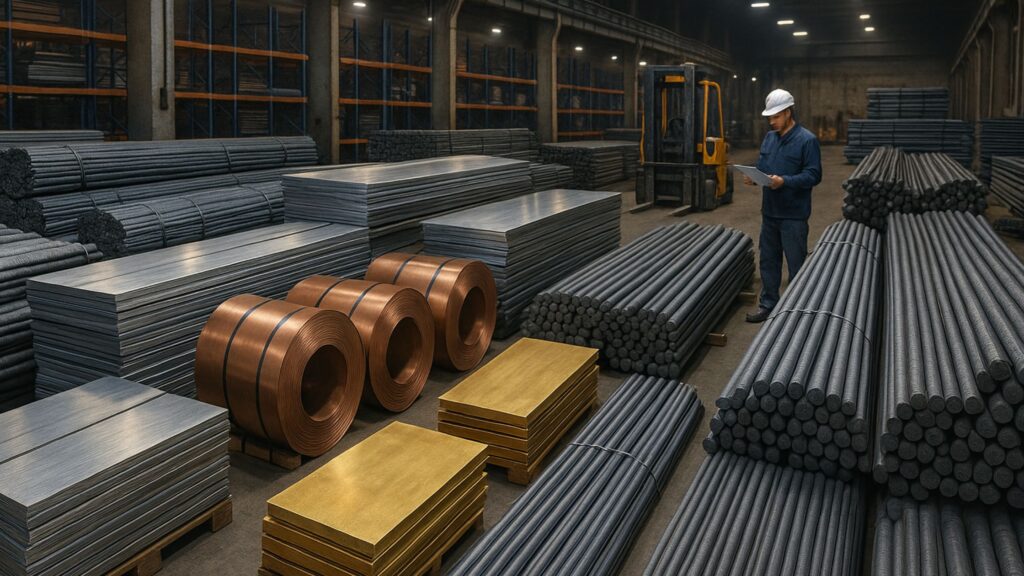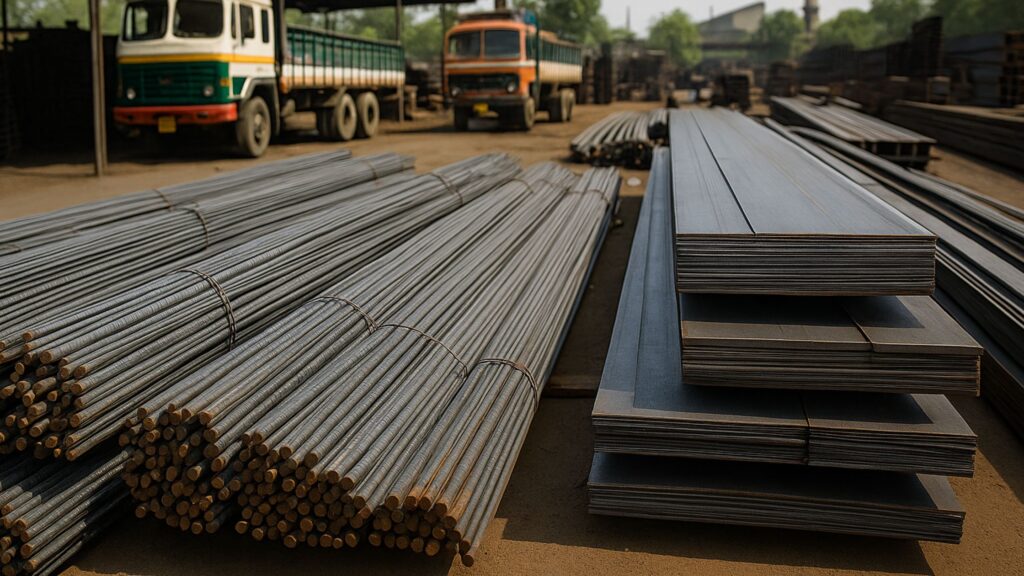Steel Industry Trends 2025: Top 5 Game-Changers You Must Know
Introduction
The steel industry is undergoing a significant transformation in 2025, driven by technological advancements, sustainability goals, and evolving market dynamics. In this article, we delve into the top five trends reshaping the steel sector, offering insights into what the future holds for manufacturers, suppliers, and stakeholders.
1. Green Steel Revolution
Embracing Sustainable Production Methods
The push for sustainability has led to the emergence of green steel, produced using renewable energy sources and innovative technologies. Companies are investing in hydrogen-based direct reduction and electric arc furnaces to minimize carbon emissions. For instance, Thyssenkrupp’s $3 billion green steel initiative aims to reduce CO₂ emissions by around 50% compared to traditional methods.
Impact on the Indian Steel Industry
India’s steel sector is also aligning with global sustainability trends. Initiatives are underway to adopt cleaner technologies and reduce the carbon footprint, positioning India as a key player in the green steel movement.
2. Technological Advancements in Steel Manufacturing
Integration of AI and Automation
Artificial Intelligence (AI) and automation are revolutionizing steel manufacturing processes. From predictive maintenance to quality control, AI-driven solutions enhance efficiency and reduce operational costs. A recent study highlights the role of AI in predictive maintenance, emphasizing its importance in minimizing downtime and extending equipment lifespan.
Digital Twins and Smart Factories
The adoption of digital twins—virtual replicas of physical assets—and smart factory concepts enables real-time monitoring and optimization of production processes, leading to improved productivity and product quality.
3. Strengthening Supply Chain Resilience
Navigating Geopolitical Challenges
Geopolitical tensions and trade uncertainties have prompted steel companies to reevaluate their supply chains. Strategies like reshoring and regionalizing production are being adopted to reduce reliance on foreign suppliers and ensure a stable steel supply.
Emphasis on Local Sourcing
There’s a growing trend towards sourcing raw materials locally to mitigate risks associated with global supply chain disruptions, ensuring continuity in production and delivery.
4. Embracing the Circular Economy
Increased Utilization of Scrap Steel
The circular economy model emphasizes recycling and reuse, leading to increased utilization of scrap steel in production. Electric arc furnaces, which can produce steel from scrap, are gaining popularity, reducing the need for virgin raw materials.
Environmental and Economic Benefits
Recycling steel not only conserves natural resources but also reduces energy consumption and greenhouse gas emissions, offering both environmental and economic advantages.
5. Evolving Market Dynamics and Trade Policies
Impact of Tariffs and Trade Agreements
Trade policies significantly influence the steel industry. For example, the U.S. doubling import duties on steel and aluminum affects global trade dynamics, compelling companies to explore alternative markets and adapt their strategies accordingly.
Opportunities in Emerging Markets
Emerging markets present new opportunities for steel producers, with increasing demand driven by infrastructure development and industrialization, offering avenues for growth and expansion.
Read News via this Link
Looking for Customized Metal?
Need to Procure Metal in Custom Sizes or Engineered Job Work— DhatuScrap trusted Loha Mandi Fabricator will get everything done at Competitive Pricing and Precision . Share your requirement to get a personalized quote.
Conclusion
The steel industry in 2025 is characterized by a shift towards sustainability, technological innovation, and adaptive strategies in response to global challenges. By embracing these trends, stakeholders can navigate the evolving landscape and capitalize on emerging opportunities.
Frequently Asked Questions
Green steel refers to steel produced using environmentally friendly methods, such as renewable energy sources and hydrogen-based processes, significantly reducing carbon emissions.
AI enhances efficiency in steel manufacturing through predictive maintenance, quality control, and process optimization, leading to reduced operational costs and improved product quality.
Utilizing scrap steel conserves natural resources, reduces energy consumption, and lowers greenhouse gas emissions, aligning with circular economy principles.
Trade policies, such as tariffs and trade agreements, influence global steel trade dynamics, affecting pricing, supply chains, and market accessibility.
Emerging markets offer growth opportunities due to increasing demand for steel in infrastructure development and industrialization projects.


